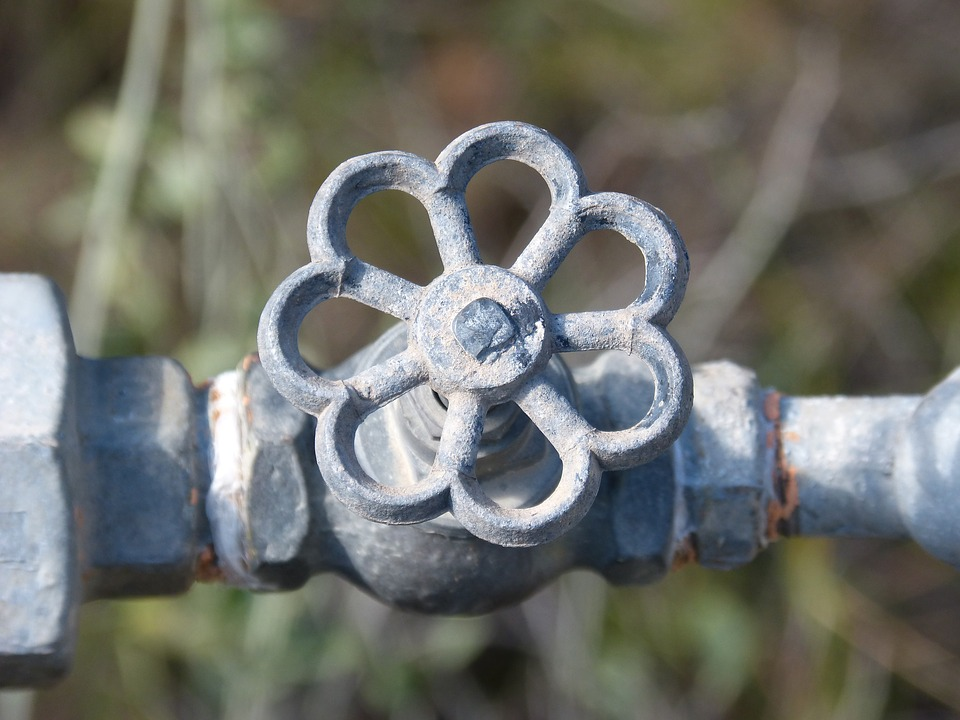In the business world, keeping your eyes on your final objective is what will define the strategy you need to deploy to get there. The outcome is, simply put, what is expected to happen, assuming you can establish a secure and effective flow of activities. It’s only through maintaining the flow between teams, partners, advisors, customers, and communication that the expected outcome can occur. In the business jargon, managing the flow is a matter of keeping items traveling through the figurative pipeline. Keeping the pipeline active is at the heart of every business.

What’s in the pipeline?
You’ve probably come across the saying ‘It’s in the pipeline’ in the past. The image refers to the oil that travels through the pipeline to the refineries. But, nowadays the business pipeline doesn’t transport oil anymore; instead, it focuses on sales outputs. The pipeline constitutes the line of actions that will need to happen for customer queries to turn into revenues. In a service-oriented company, the pipeline image refers to items such as contracts with clients. Consequently, the flow of interlocked activities has to guarantee project completion and delivery. In short, businesses need to develop their pipeline management skills to get what’s in the pipeline.
Shaping the pipeline
In a tailored service environment, a company needs to define the flow and order of actions and subprojects that make up the strategy. Creating the bigger picture behind each project ensures that you can not only analyze risks but also forecast your future revenues – a.k.a. forecast what’s actually in the pipeline. Technical assessment software tools that can compile and combine data to build an overview such as for IT projects, for instance, ensure that each company is in charge of how and when the strategy has to be deployed. To go back to the pipeline analogy, this is the step where you can bend the pipeline to suit the requirements of your business and your clients.
Managing the pipeline flow
Your clients also need to be able to get in touch to discuss complaints, potential changes, and new requirements. As a result, a company needs to establish waiting times to manage new inputs. By email, businesses agree that 3 days is an acceptable time for a response. Over the phone, installing an auto-response solution can reduce waiting time and frustration. As clients can impact your strategy; ensure they can interact with your company, which guarantees that the outcome meets their latest requirements. To use the pipeline image, it’s about managing the flow within.
Adding a new tap
What happens once the contract in the pipeline turns into revenues? Figuratively speaking, the pipeline has been completed. But in the business world, you wouldn’t ditch an existing customer. On the contrary, businesses that can diversify their pipelines – a.k.a. offer additional services to their clients – will sustain themselves and grow. Bringing new services to an existing project is more cost-effective than attracting new clients. In the pipeline analogy, it’s the equivalent to adding a new tap on the side of an already built and fitted pipeline.

Open the tap to diversify your revenues
Is the pipeline analogy the best representation of the business world? It might not be the most accurate portrayal of the complex internal strategies and structures, but it’s a helpful reminder to manage cost- and time-effective revenue funnels.
